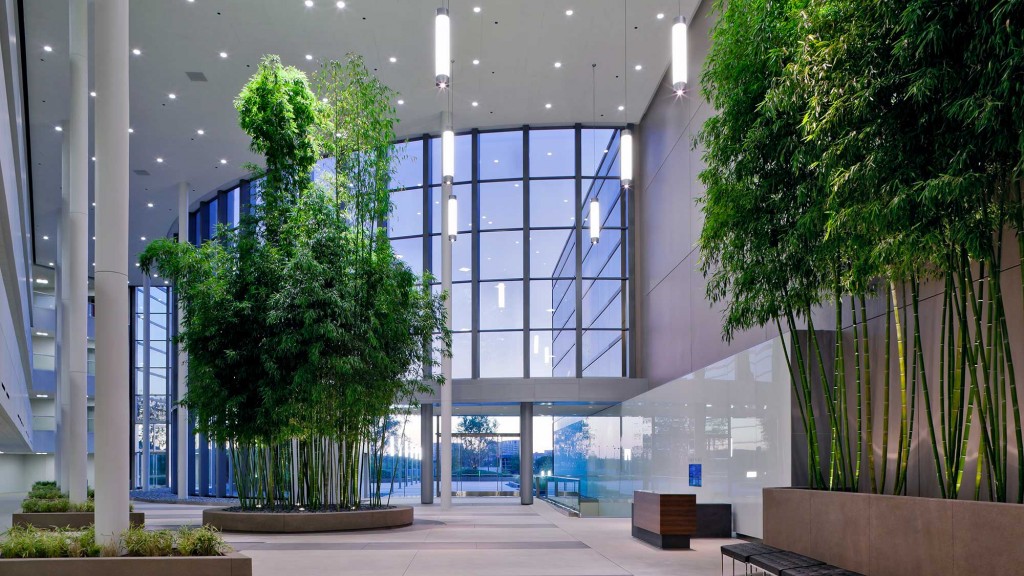Are developers meeting tenants’ sustainability expectations?
Faulty Towers
What We Did
We partnered with property magazine Estates Gazette to conduct an opinion study of 100 UK property professionals. The sample included 50 property developers with responsibility for decision-making, and 50 property directors with responsibility for property portfolios in multisite organizations drawn from financial services, legal, and general corporate office sectors. Basing our work on this data, we compared the opinions of property directors and developers to uncover areas of agreement or divergence in opinion on how to best improve the sustainability of British office buildings. Our goal was to use this knowledge to develop strategies to improve the sustainability of the built environment, which not only can have significant energy and environmental benefits but also offers opportunities to increase building value and occupant well-being.
The Context
Businesses and property developers are waking up to the impact of commercial property on the environment. Buildings are significant consumers of energy, accounting for about 40% of energy consumption in the European community at the time of this study. In addition, concerns about increasing energy costs and the security of energy supplies continue to push the issue of property operating costs—and by extension, energy efficiency—into the business agenda.
The Results
The commercial buildings that dominate our city skylines are costing businesses and the environment. At the time of this study, British businesses were wasting more than £155 million in energy costs every year, according to property developers in our sample. This problem was poised to increase: 59% of property directors surveyed believed that spiraling energy costs over the next decade would increase organizational operating costs, and 73% of property developers believed these costs would become an increasingly important factor in tenants’ choice of property. This focus on costs proved to be the key driver behind pursuing efficiency: 65% of property directors viewed energy efficiency as purely a cost control issue, while only 20% viewed it as part of their company’s social responsibility commitment.
One of our starkest findings was the fundamental breakdown of understanding between what businesses want from their property, and what developers think they want. While three-quarters (75%) of developers agreed that the operating cost of a building is a primary consideration for tenants when procuring commercial property, only a third (33%) believed the future operating costs are a primary consideration when developing a commercial property. And while 87% of businesses would prefer an energy-efficient building to an iconic building, 61% of developers believed that companies are easily dazzled by iconic design. Demonstrating an understanding of this mismatch, more than half (52%) of property directors believed that developers do not build with the end user in mind.
What This Means
Businesses will pay for more efficient buildings. On average, survey respondents reported a willingness to pay 10% more in rent for more efficiently designed and constructed buildings.
Bottom-line-focused conversations are more successful. Our research suggests that outcomes that emphasize cost-cutting via greater energy efficiency have more traction than those that emphasize environmental or social responsibility concerns.
Policy intervention is necessary. Of the developers, 67% believed legislation, regulation, and penalties are the factors most likely to make them consider energy efficiency when developing a commercial property; 59% believed that developers will go only as far as legislation demands.
Upgrade existing buildings whenever possible. While the majority (87%) of property directors believed that new buildings are more energy efficient than old, 70% would still rather make existing buildings more efficient than replace old stock with new buildings.
What’s Next?
Businesses, property directors, and designers must continue to be vocal about the economic, social, and environmental benefits of creating energy-efficient, sustainable buildings. Only through persistent conversations and a focus on evolving energy efficiency policy will we be able to realize the tremendous opportunity available to create commercial buildings that make a smaller environmental footprint, save business costs, and are fit for generations to come.
Learn More
Team
Chris Johnson, Estates Gazette (research consultant)
Year Completed
2006
Comments or ideas for further questions we should investigate?
